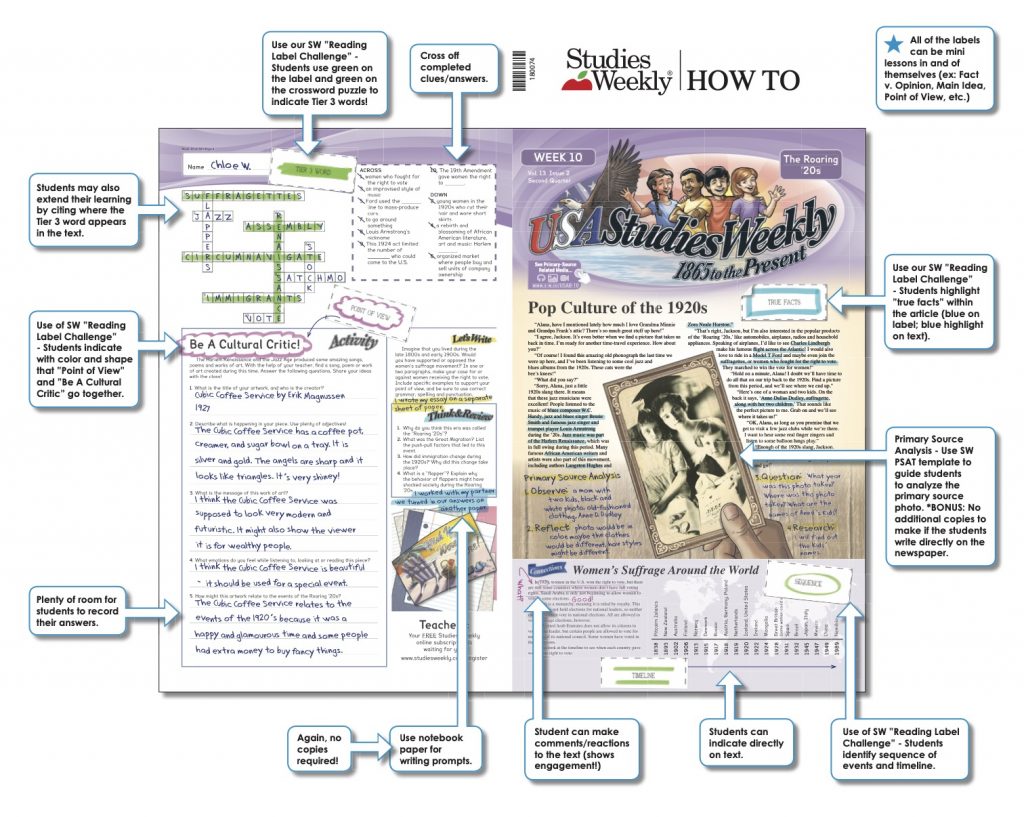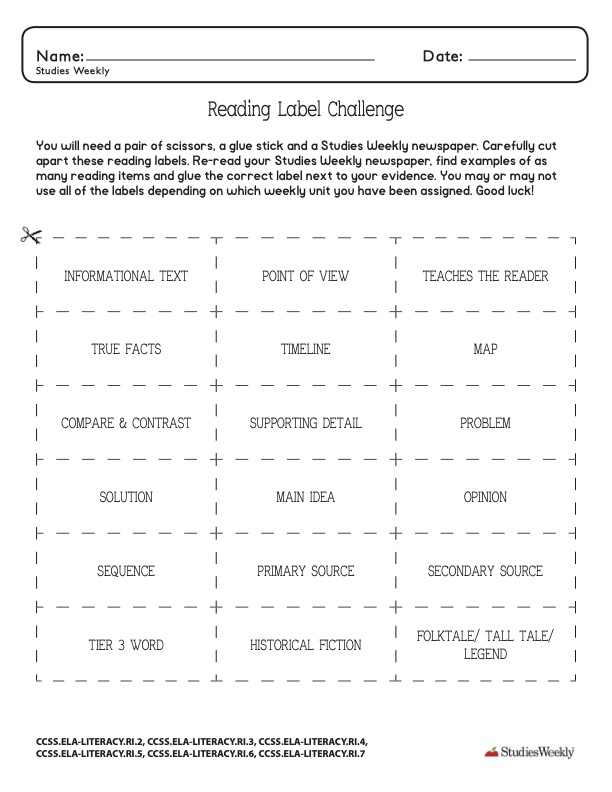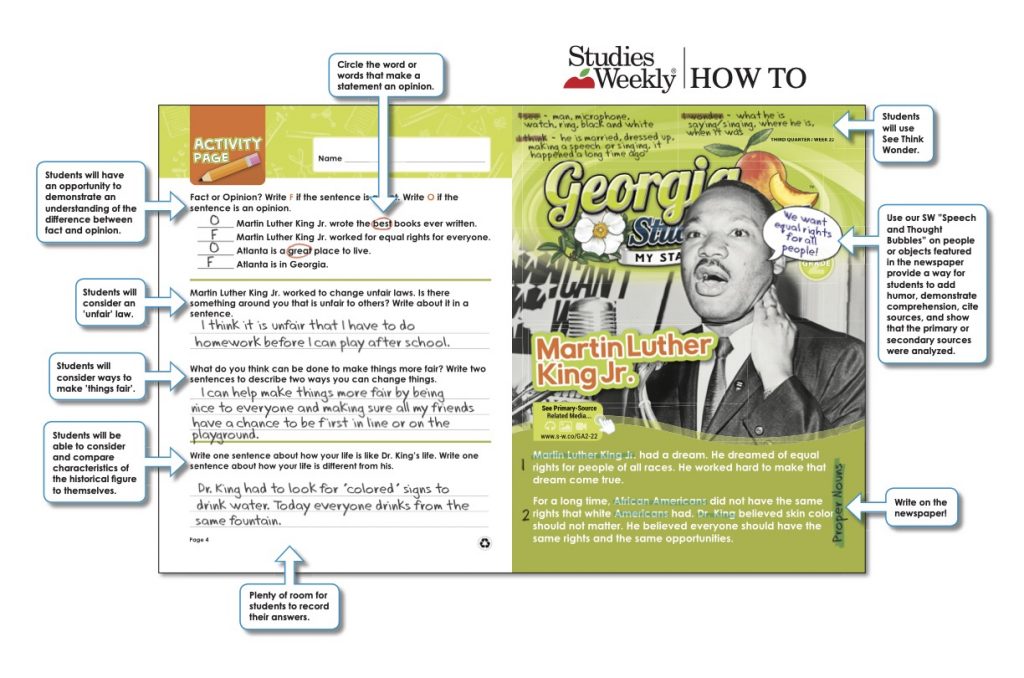Active Reading Strategies
Grades: 1-5
Social Studies Strands: Civics and Government, Geography, Economics, History
Why: (Purpose)
- Deep learning
- Self-directed learning
- Effective communication
- Collaboration
- Higher student achievement
- Students are able to construct meaning from the text
- Develop critical thinking skills
- Reading accountability
- Greater engagement
- Students become involved with the text; construct meaning
- Solidify comprehension and learning that isn’t just sitting and writing
- Well-Being
- No matter what level of learning students are, they can participate
- Communication skills
- Shared experience with peers
Active Reading Strategies help readers adjust their reading to increase comprehension. (Tim Shanahan, Sept. 23, 2016) These strategies give students a reason or purpose for reading, and answers the question: Why is reading this piece of text relevant?
We know that our minds can wander when we are reading, but giving students a reason for reading gets their minds focused. The ability to use focused concentration is a large part of a student’s success in reading.
“The teaching of such strategies has a causal impact on reading achievement. That is, there are more than 200 studies showing that the teaching of such reading approaches enhances reading comprehension on both teacher-made and standardized tests.” (Shanahan, 2016)
What: (Description of the Strategy)
Here are top Active Reading Strategies to choose from.
- Summarizing
- Stop during reading and sum up what you’ve read at various times while reading.
- Questioning
- Ask and answer questions.
- Reread if necessary for comprehension and finding required information.
- Visualization
- Create a picture of what the author is telling you.
- Background knowledge
- What do they already know? Make connections.
- Preview the text and the vocabulary.
- Monitoring
- Stop and check for understanding. Correct misunderstandings.
- Create a plan or take action to understand the reading.
How: (How to set up the Strategy)
Norms
- Encourage students to ask for help when they need it.
- Encourage students to participate.
- Follow set guidelines for the activities.
Procedures
- The teacher should choose the active reading strategy to focus on.
- Focus on the active reading strategies one at a time, until all have been explicitly taught.
- Set the expectation that every time a student reads, there is a purpose for reading.
- Model and think aloud throughout the assigned reading.
- Model the entire process from beginning to end.
- Gradually release the strategy to the class.
- Use graphic organizers to support these active reading strategies.
- The student has some type of artifact to demonstrate what they are reading.
Digital Application of the Strategy:
Teachers can utilize these strategies during the reading through various digital applications, including: Google Classroom, Kahoot Quizzes, Wordles, or Padlet.
Students can model their own thinking through writing or annotating an article or paragraph; sending screenshots or images of their work to the teacher; or creating a video trailer about the reading.
Face-to-Face Application of the Strategy:
Face-to-face learning environments provide teachers with immediate feedback and reflection. In a physical classroom, students can easily work in pairs to compare and collaborate about their outcomes.
Students can still demonstrate knowledge of their reading through various digital applications.




